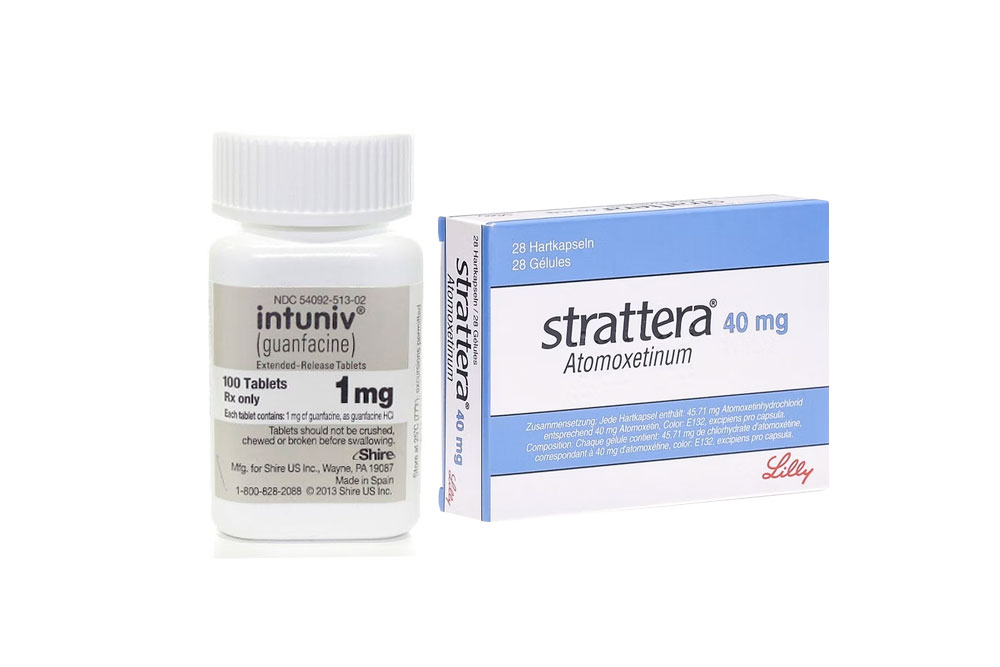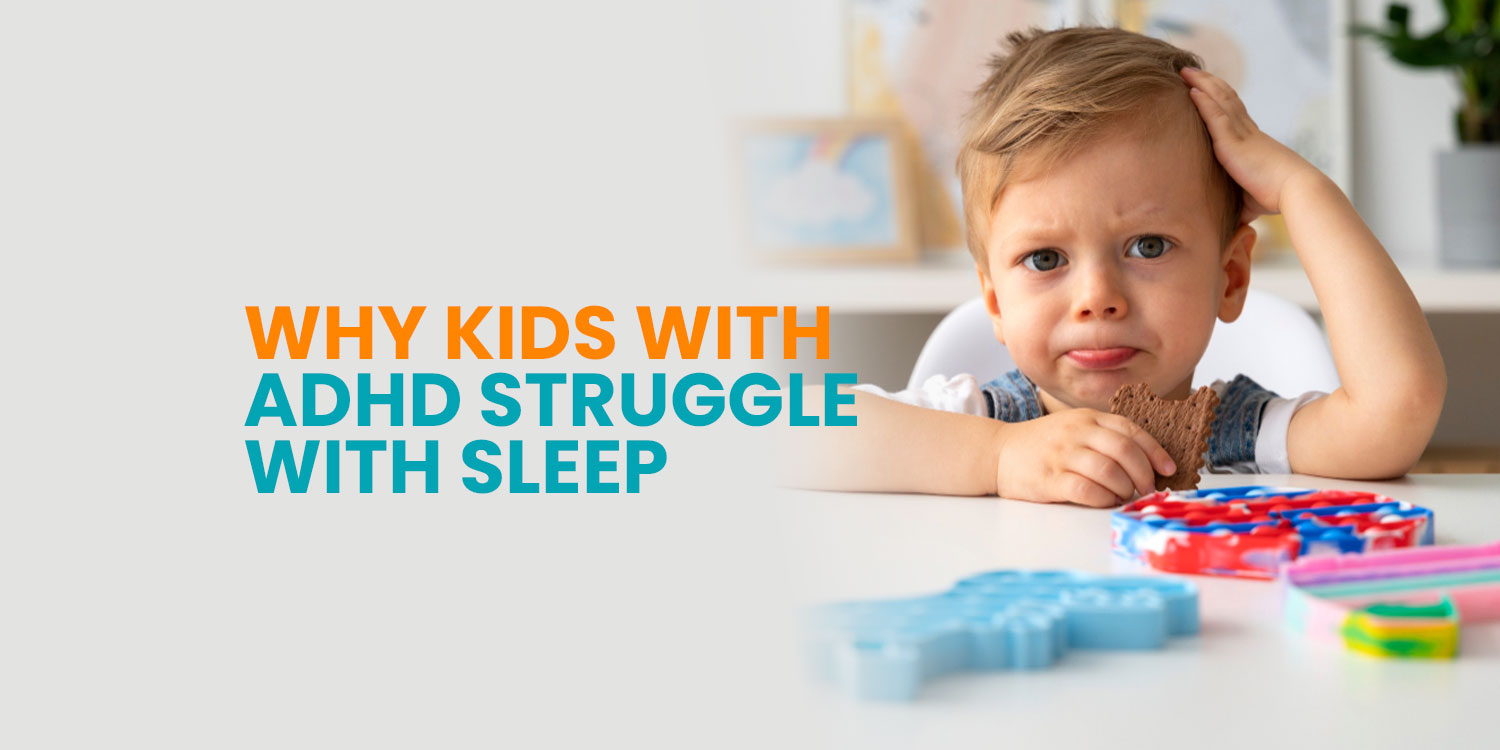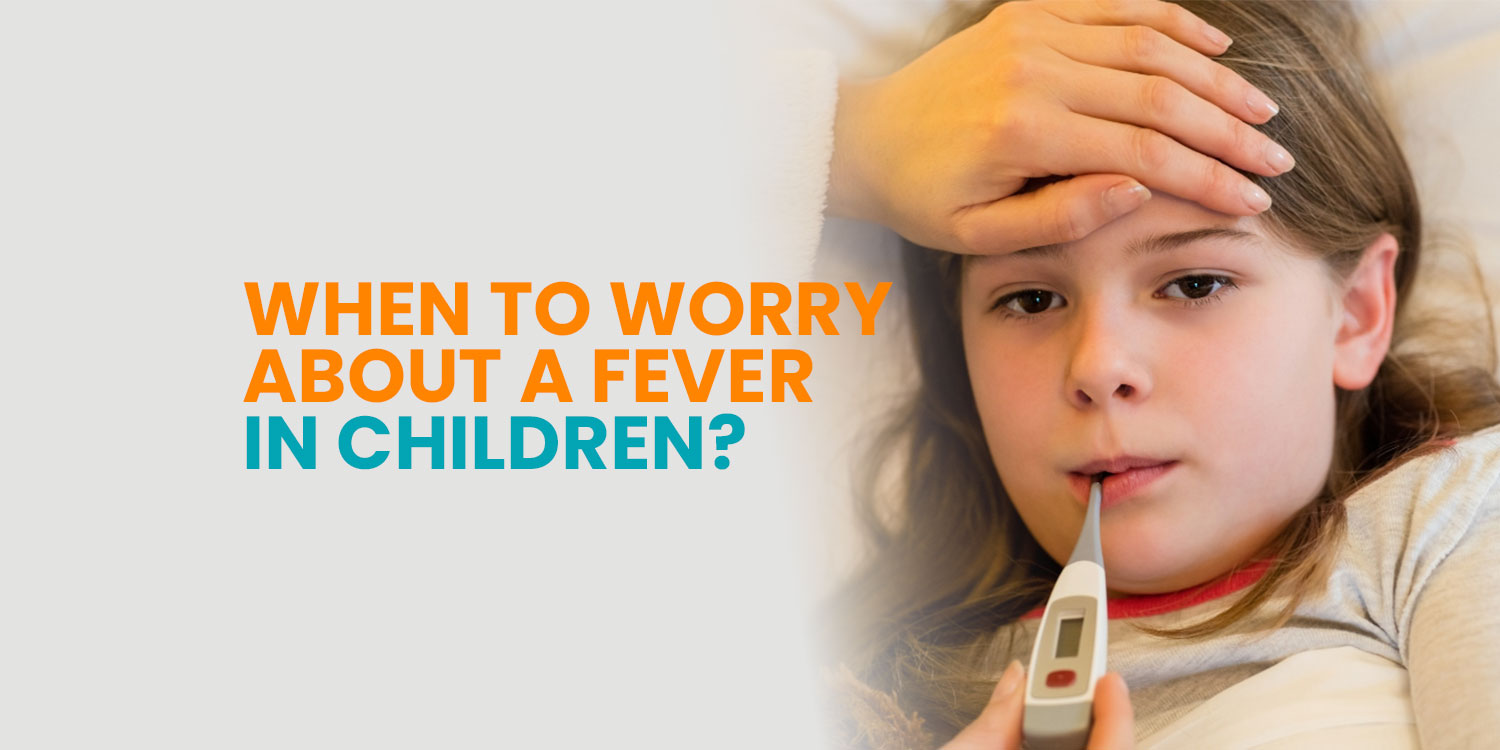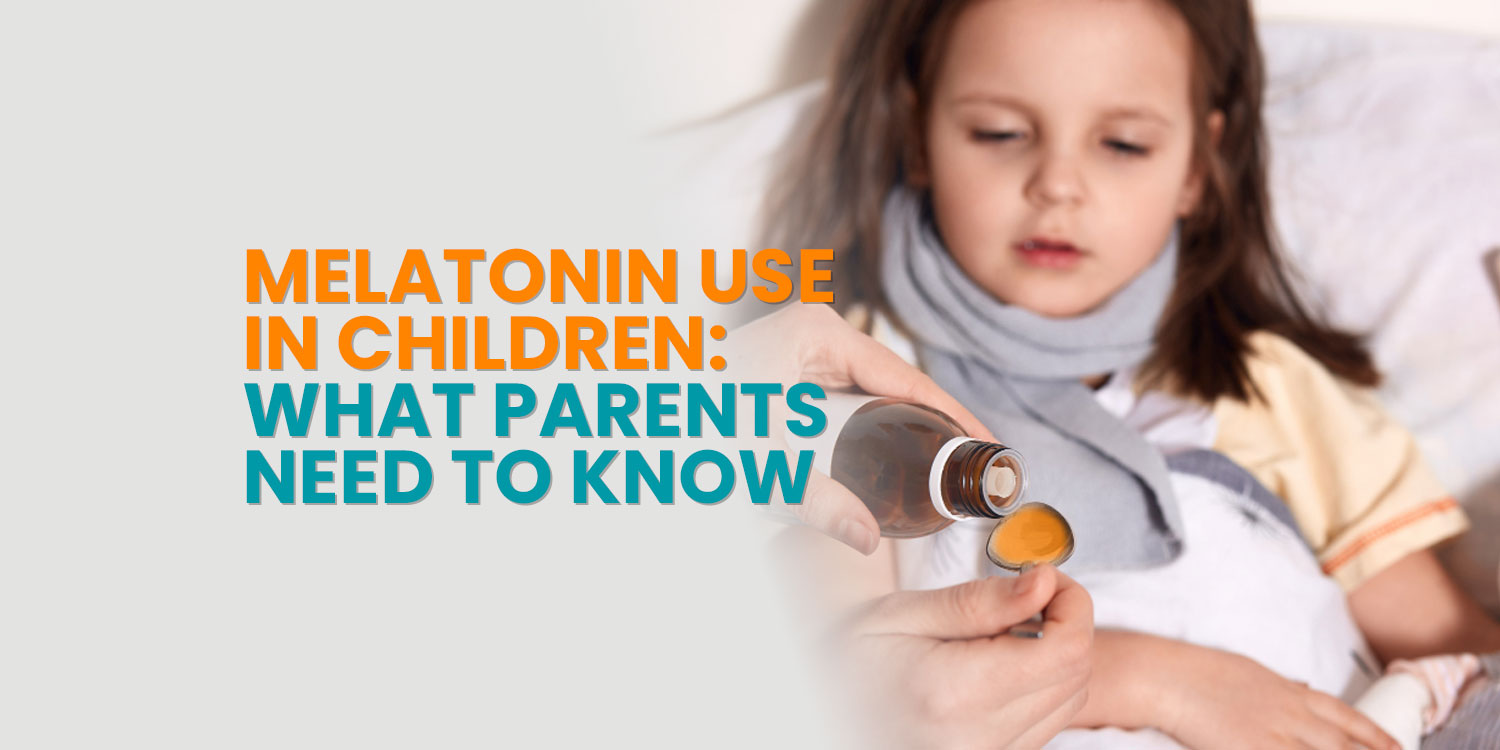Choosing the Right ADHD Medication: A Guide to Stimulants and Non-Stimulants
Attention-Deficit/Hyperactivity Disorder (ADHD) can affect focus, impulsivity, and daily functioning, making medication a key part of treatment for many individuals. With various options available, determining the most suitable medication can be challenging. This guide outlines the differences between stimulant and non-stimulant medications, their benefits, side effects, and how to make informed choices.
Stimulant Medications: Ritalin, Vyvanse, and More
- Fast-acting: Many stimulants begin working within 30 to 60 minutes.
- Highly effective: Studies indicate stimulants reduce ADHD symptoms in approximately 70–80% of individuals (Cortese et al., 2018).
- Different formulations available: Short-acting and long-acting options offer dosing flexibility.

Benefits of Stimulants
- Fast-acting: Many stimulants begin working within 30 to 60 minutes.
- Highly effective: Studies indicate stimulants reduce ADHD symptoms in approximately 70–80% of individuals (Cortese et al., 2018).
Common Side Effects
- Sleep disturbances (difficulty falling or staying asleep)
- Appetite suppression, which may lead to weight loss
- Increased anxiety or irritability
- Cardiovascular effects, such as elevated blood pressure or heart rate, in rare cases (Canadian ADHD Resource Alliance [CADDRA], 2020)

Popular Stimulant Medications
- Methylphenidate-based: Ritalin, Concerta, Biphentin, Foquest
- Amphetamine-based: Vyvanse, Adderall, Dexedrine
These medications vary in duration and delivery method but offer similar efficacy.
Non-Stimulant Medications: Intuniv, Strattera, and More
Although stimulants are first-line treatments, non-stimulants are valuable alternatives for those who do not tolerate stimulants well or have coexisting conditions such as anxiety or a history of substance misuse. Non-stimulants primarily act on norepinephrine rather than dopamine (Banaschewski et al., 2006).
Benefits of Non-Stimulants
- Lower risk of sleep issues, appetite loss, and anxiety
- Provide longer-lasting symptom control (up to 24 hours)
- Lower abuse potential as they are not controlled substances (Childress, 2021)
Potential Downsides
- Delayed onset: May take several weeks to achieve full effect
- Generally less effective than stimulants for symptom control
- May cause fatigue or drowsiness, especially during initial use
Common Non-Stimulant Medications
- Strattera (atomoxetine): A selective norepinephrine reuptake inhibitor (NRI)
- Intuniv (guanfacine) and Kapvay (clonidine): Alpha-2 adrenergic agonists, often used in pediatric patients to manage emotional regulation and hyperactivity (CADDRA, 2020)

How to Choose the Right ADHD Medication
Selecting the appropriate ADHD medication depends on multiple individual factors, including:
- Symptom severity: Stimulants may be preferable for rapid symptom control.
- Side effect profile: Individuals sensitive to stimulant side effects may benefit from non-stimulants.
- Coexisting conditions: Patients with anxiety, cardiovascular issues, or substance misuse history may respond better to non-stimulants (Wilens & Spencer, 2010).
- Combination therapy: In some cases, clinicians may prescribe both stimulant and non-stimulant medications to balance efficacy and side effect management.

Key Takeaways
- Stimulants like Ritalin and Vyvanse are typically more effective but may cause sleep, appetite, or anxiety issues.
- Non-stimulants such as Strattera and Intuniv work more gradually and are often better tolerated.
- Some individuals may benefit from combination therapy.
- Always consult a healthcare provider to tailor ADHD treatment to individual needs.
Finding the right ADHD medication is often a process of trial and adjustment. With guidance from a healthcare professional, effective symptom management is achievable.
References
Banaschewski, T., Coghill, D., Santosh, P., Zuddas, A., Asherson, P., Buitelaar, J., … & Taylor, E. (2006). Long-acting medications for the hyperkinetic disorders. European Child & Adolescent Psychiatry, 15(8), 476–495. https://doi.org/10.1007/s00787-006-0565-0
Canadian ADHD Resource Alliance (CADDRA). (2020). Canadian ADHD practice guidelines (4.1 Edition). https://www.caddra.ca/practice-guidelines/
Childress, A. C. (2021). Nonstimulant treatments for ADHD: Options and clinical use. Journal of Clinical Psychiatry, 82(2), 20ac13712. https://doi.org/10.4088/JCP.20ac13712
Cortese, S., Adamo, N., Del Giovane, C., Mohr‐Jensen, C., Hayes, A. J., Carucci, S., … & Cipriani, A. (2018). Comparative efficacy and tolerability of medications for attention‐deficit hyperactivity disorder in children, adolescents, and adults: A systematic review and network meta‐analysis. The Lancet Psychiatry, 5(9), 727–738. https://doi.org/10.1016/S2215-0366(18)30269-4
Wilens, T. E., & Spencer, T. J. (2010). Understanding attention-deficit/hyperactivity disorder from childhood to adulthood. Postgraduate Medicine, 122(5), 97–109. https://doi.org/10.3810/pgm.2010.09.2206




